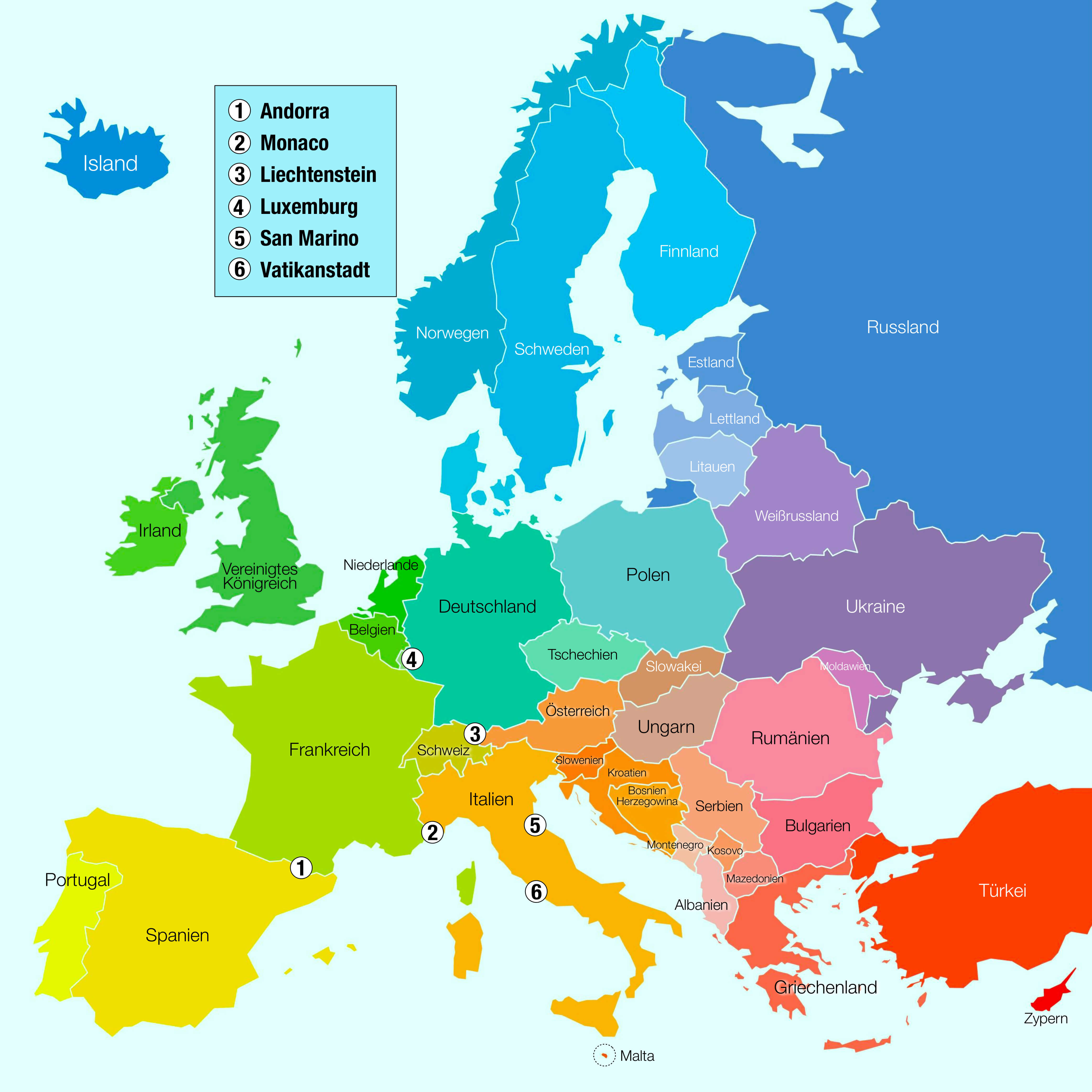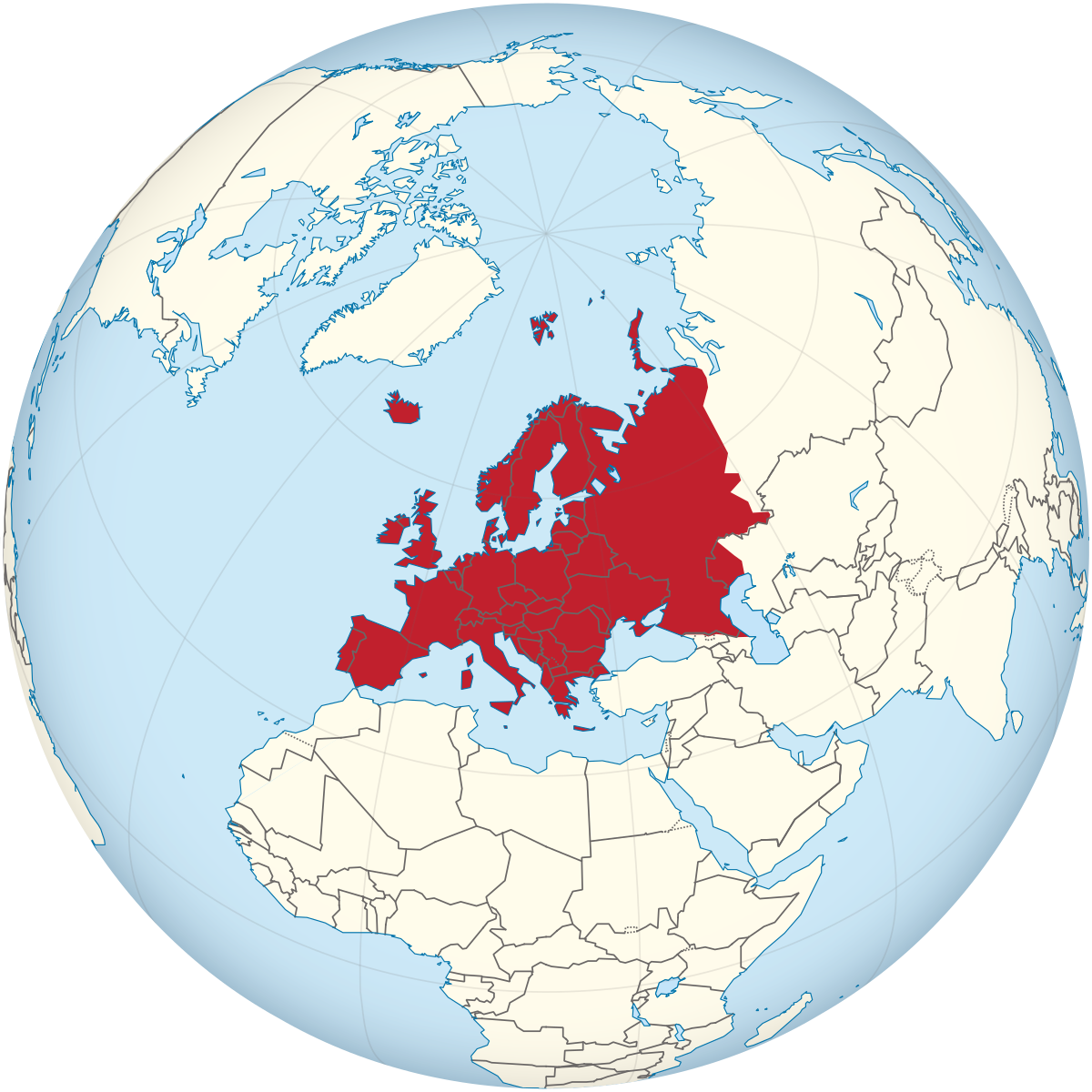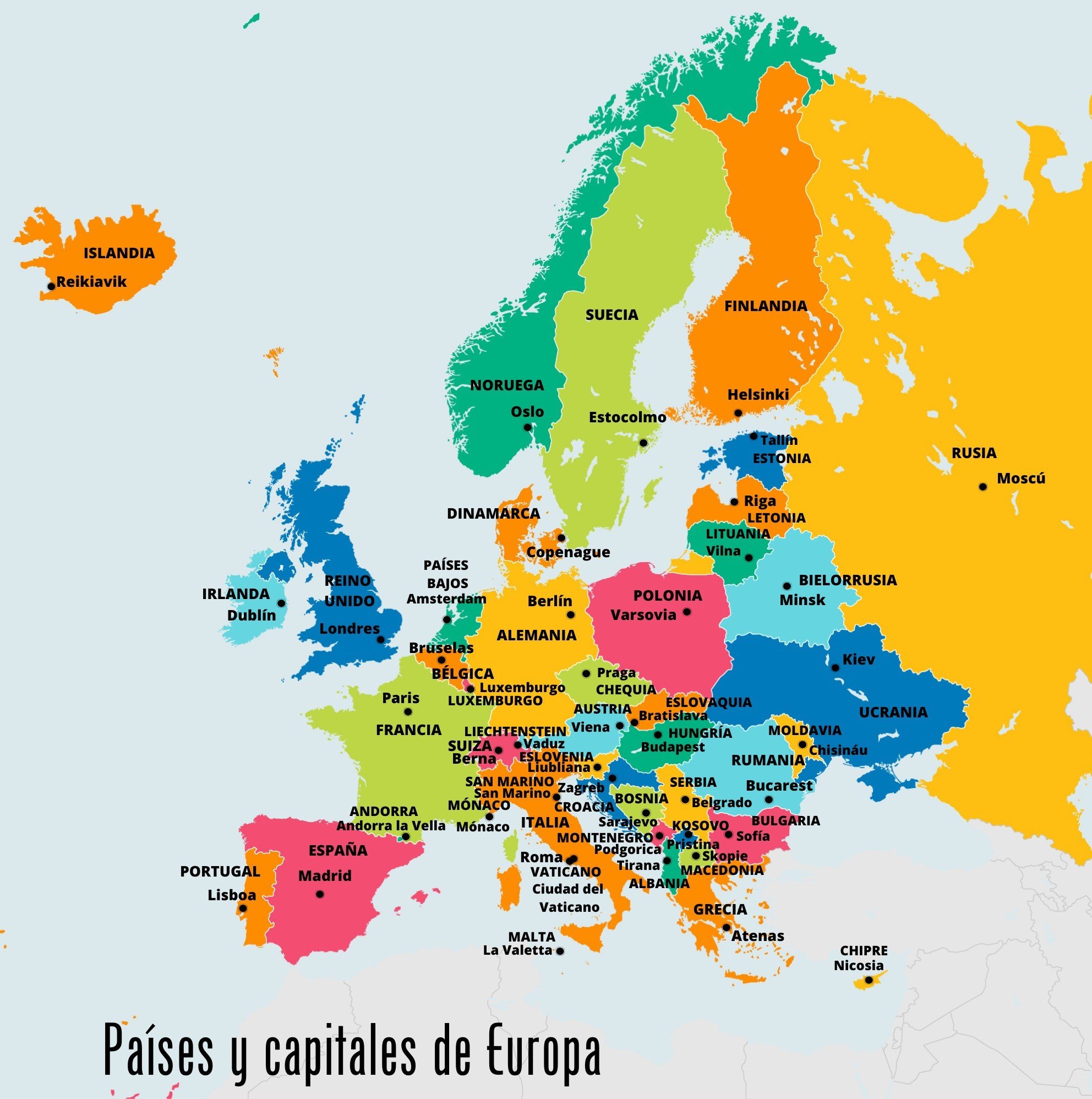Europa League Standings - Tracking Your Team
Following your favorite team through a season of intense competition can be a real thrill, can't it? There's a certain feeling that comes with watching the games, seeing the skill on display, and then looking to see how everything shapes up. When it comes to a contest like the Europa League, where teams from all over come together to compete, keeping tabs on who is where becomes a pretty big part of the fun. You want to know if your team is moving up, holding steady, or maybe needing to put in a bit more effort.
This is where knowing about the Europa League standings becomes quite helpful, you know? They offer a quick way to get a picture of how all the clubs are doing. It's a simple, yet very effective, way to track progress as the season unfolds, giving you a clear view of how each team stacks up against the others. You can see at a glance who has been winning more, who has had a tougher time, and who might be right on the edge of making a big move.
The standings, in a way, tell a story of the competition as it happens, you see. They are a living record, always updating to reflect the very latest outcomes from the matches. This makes them an absolutely key piece of information for anyone who enjoys following the action, providing a way to stay connected to every twist and turn of the Europa League journey, pretty much as it happens.
Table of Contents
- What Are Europa League Standings, Really?
- How Do Europa League Standings Change?
- Looking at the Europa League Standings: What Information is There?
- Why Do People Follow Europa League Standings?
- Europa League Standings Through the Seasons
- Where Can You Find the Latest Europa League Standings?
- The Journey of Europa League Standings
- What Do Europa League Standings Tell Us About Teams?
What Are Europa League Standings, Really?
So, what exactly are these Europa League standings that everyone talks about? Well, they are basically a listing, a sort of chart, that shows where each team sits in the competition at any given moment. Think of it like a scoreboard that keeps a running tally over the whole season, not just one game. It's about keeping tabs on where your club stands as the goals go in with our live Europa League 2024/25, as the information tells us. This means you can always see who is at the top, who is in the middle, and who is, perhaps, struggling a little bit at the bottom.
These listings are designed to give you a very clear picture of how clubs are performing over time. It's not just about winning or losing one match; it's about the overall performance across many games. They show the accumulation of points, which teams earn based on their match results. A team that wins a lot of games will naturally find itself higher up the list, while a team that has more losses or draws will be placed lower. It’s a straightforward way to measure success in the competition, more or less.
When you look at the official Europa League soccer standings, you're getting the authoritative word on team positions. This means the numbers and rankings are confirmed, providing a reliable source for fans to check their team's progress. It's the go-to place for anyone wanting to know the true state of play in the competition, pretty much at any time. This information is updated regularly, so it always reflects the current situation.
How Do Europa League Standings Change?
It's almost like the Europa League standings are alive, because they are always shifting. They do not stay fixed, you know? Every time a game is played, the results from that match can cause a ripple effect, changing the positions of the teams involved and sometimes even others. The information we have mentions Europa League 2025/2026 live scores offering livescore, results, and match details. This tells us that as soon as a game finishes, or even as it's happening, the standings can begin to move.
Think about how goal scorers and red cards affect a match. A goal can change the outcome of a game, turning a loss into a draw, or a draw into a win. A red card can put a team at a disadvantage, potentially leading to a different result than might have otherwise occurred. These small moments in a game have a very real impact on the final score, which then directly influences how many points a team gets, and therefore, where they sit in the Europa League standings, as a matter of fact. It’s all connected.
The idea of "live" updates is a big part of why following these standings is so exciting. You don't have to wait days to see how things have settled; the changes are often reflected very quickly after games are done. This immediate feedback means you can keep up with the competition as it unfolds, seeing your team move up or down the list right after a match. It adds a certain kind of immediacy to the experience, doesn't it?
Looking at the Europa League Standings: What Information is There?
When you check out the Europa League standings, you'll find a lot more than just a list of teams and their current place. The information suggests you can find the full standings with win, loss, and draw records for each team. This is really useful because it gives you a deeper look into how each club has been performing. A 'win' means the team got three points, a 'draw' means one point for each side, and a 'loss' means no points at all for that game. So, you can see how consistent a team has been, pretty much at a glance.
The points system is the heart of how these standings work, you know? Teams collect points based on their game outcomes. Winning a match is the best way to earn points, as it usually gives the most. Draws also contribute, but less so, and losses, of course, add nothing to the points total. The team with the most points at any given time is usually at the top of the list, showing they've had the most successful run of games so far. This simple system makes it very easy to understand why teams are placed where they are.
Beyond the wins, losses, and draws, these tables often have other pieces of information too. You might see columns for the number of games played, goals scored, and goals given up. These extra details help paint a more complete picture of a team's overall strength and playing style. A team might have a lot of wins, but if they've also given up many goals, it could suggest a less strong defense, for example. It’s all part of the story the Europa League standings tell.
Why Do People Follow Europa League Standings?
People follow the Europa League standings for many reasons, but a big one is the simple joy of seeing their favorite team move up the list. There's a real sense of accomplishment when your club climbs a few spots, showing that their hard work on the field is paying off. It's a way to feel connected to the team's journey and to celebrate their successes, you know? This direct feedback on performance makes watching the games even more meaningful, in a way.
Then there's the tension that comes from teams being very close to each other in the standings. When just a few points separate several clubs, every game becomes incredibly important. This creates a lot of drama and excitement, as a single win or loss can completely change the order of things. It keeps fans on the edge of their seats, wondering what will happen next and how their team will fare against the competition, especially if they are fighting for a top spot, or to avoid falling down the list.
Ultimately, it's about the simple pleasure of following the competition. The Europa League standings provide a clear, easy-to-understand way to track the overall progress of the tournament. They allow fans to see the bigger picture, beyond just individual matches. It's about understanding the narrative of the season, seeing which teams are performing well, which ones are struggling, and how the entire competition is shaping up. It’s a pretty compelling way to engage with the sport, actually.
Europa League Standings Through the Seasons
The information we have tells us about Europa League 2025/2026 live scores and standings, but also mentions checking results, fixtures, table, and all relevant stats from "this season and all previous seasons." This means that the Europa League standings are not just for the current moment; they are also a historical record. You can look back at past seasons to see how teams performed over time, which is pretty neat. It’s like a timeline of success and struggle for each club.
Looking back at past standings can show a team's journey over many years. A club might have been lower down the list in one season, but then, through hard work and good play, they could have climbed much higher in a later one. This kind of historical data helps fans appreciate how far a team has come, or perhaps how much they've changed. It also lets you compare different eras of the competition, seeing which teams were dominant in certain periods, which is quite interesting, really.
These historical Europa League standings also provide context for current performances. If a team is doing particularly well this season, you might look back to see if this is a new development or if they have a history of strong showings. Similarly, if a team is struggling, you can check if this is a temporary dip or part of a longer trend. It gives a fuller picture of each club's story within the competition, providing a bit more depth to the simple numbers.
Where Can You Find the Latest Europa League Standings?
If you're looking to keep up with the very latest Europa League standings, there are places that make it very easy. The information mentions that flashscore.com offers livescore, results, and Europa League standings. This suggests that sites dedicated to sports scores are a good place to start. They are usually updated very quickly, so you can get the most current picture of the competition, almost immediately after games are finished. This is very helpful for staying on top of things, you know?
Beyond specific websites, you can also check official sources for the Europa League standings. The text mentions "Check here UEFA Europa League results, fixtures, table and all relevant stats." This points to the official governing body of European football as a reliable place to get confirmed information. Official sites will always have the most accurate and verified data, so you can be sure that what you are seeing is correct. It's a good habit to consult these sources for the definitive word, actually.
Many sports news outlets and applications also provide access to the Europa League standings. These platforms often pull data from official sources and present it in an easy-to-read format, sometimes with added analysis or commentary. So, whether you prefer a quick glance on your phone or a more detailed look on a computer, there are many ways to find out where your team stands. It's pretty convenient, more or less, how accessible this information has become for fans.
The Journey of Europa League Standings
The Europa League standings tell a story of a competition that unfolds in phases. The information notes that "the first phase of the Europa League finished on Thursday night." This means the competition is structured, with different stages that teams must progress through. The standings, therefore, reflect where teams are at the end of each of these stages, marking milestones in the overall journey of the tournament. It’s a bit like chapters in a book, each with its own conclusion, yet contributing to the whole story.
As teams move from one phase to the next, the Europa League standings evolve. What might have been important in the group stage, for example, might change as the competition moves into knockout rounds. The standings at the end of each phase can determine which teams go forward and which ones are done for the season. This adds a layer of excitement and consequence to every match, knowing that the outcome directly impacts a team's ability to continue in the tournament. It’s a very dynamic process, you know?
The standings, in this way, are a record of a team's progress through the entire competition. They show not just how many points a team has, but also their position relative to the qualification spots for the next phase. For fans, watching these standings change is a way to track their team's chances of making it all the way to the final. It’s a clear indicator of success, or the need for more effort, as the competition continues to develop, in a way.
What Do Europa League Standings Tell Us About Teams?
Beyond just showing a team's rank, the Europa League standings can give you hints about a team's qualities. A team consistently high on the list, for example, likely shows a good level of consistency and strength throughout the season. They are probably winning games regularly and performing well against different opponents. This suggests a well-organized team that knows how to get results, pretty much every time they play. It's a sign of a strong overall performance.
Conversely, a team with many losses in the Europa League standings might be struggling. This could point to areas where they need to improve, perhaps in their defense, their ability to score goals, or even their team cohesion. The standings offer a quick way to identify which teams are having a tougher time and might need to adjust their approach. It’s a simple visual cue for how well a team is truly performing in the long run, you know?
Ultimately, the Europa League standings offer a simple, yet effective, way to understand the performance and journey of each team throughout the competition. They provide a clear record of wins, losses, and draws, allowing fans to track progress, feel the excitement of close races, and gain insight into the strength of different clubs. From live updates to historical records, these standings are a core part of following the Europa League action, offering a constant source of information for supporters, actually.

Europakarte: 47 Länder in Europa – mit kostenloser Karte

Europa – Wikipedia

Países de Europa y sus capitales: listado completo - Significados